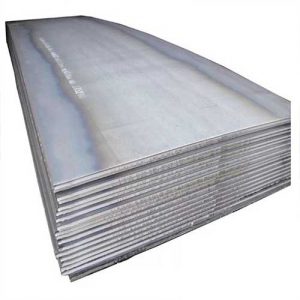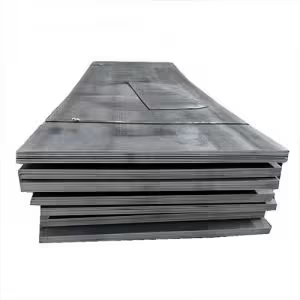Welcome to My Blog!
Before we dive into the content, I’d love for you to join me on my social media platforms where I share more insights, engage with the community, and post updates. Here’s how you can connect with me:
Facebook:https://www.facebook.com/profile.php?id=61565500692293
Now, let’s get started on our journey together. I hope you find the content here insightful, engaging, and valuable.
Table of Contents
Introduction
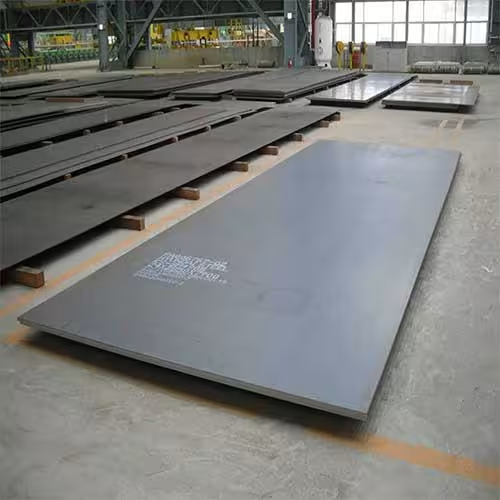
Metal steel plates play a vital role in various industries, from construction and manufacturing to shipbuilding and automotive production. These versatile materials offer strength, durability, and adaptability, making them a go-to choice for many applications. Understanding the different types of metal steel plates and their industrial uses can help businesses and professionals choose the right material for their projects.
In this blog, we’ll explore the types of metal steel plates, their characteristics, and the industries where they are commonly used. Whether you’re a construction professional, an engineer, or a procurement specialist, this guide provides comprehensive insights into metal steel plates and their applications.
What Are Metal Steel Plates?
A metal steel plate is a flat sheet of steel that is rolled or cut into a specific thickness and size. These plates are made from different grades of steel, offering varied properties such as tensile strength, corrosion resistance, and weldability. They are manufactured using advanced techniques like hot rolling, cold rolling, and galvanization to meet industry standards and project requirements.
Common Characteristics of Metal Steel Plates
- Durability: Metal steel plates are designed to withstand extreme conditions, including heavy loads and harsh environments.
- Corrosion Resistance: Certain types, like stainless steel plates, resist rust and corrosion, making them suitable for marine or outdoor applications.
- Versatility: Available in different grades and finishes, they can be tailored for various industrial needs.
- Strength-to-Weight Ratio: Steel plates provide excellent structural strength without adding excessive weight.
Types of Metal Steel Plates
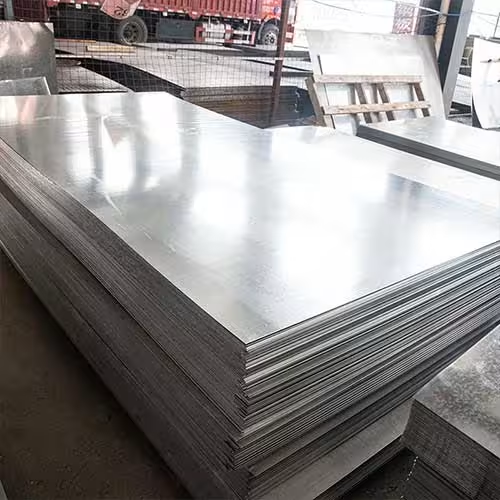
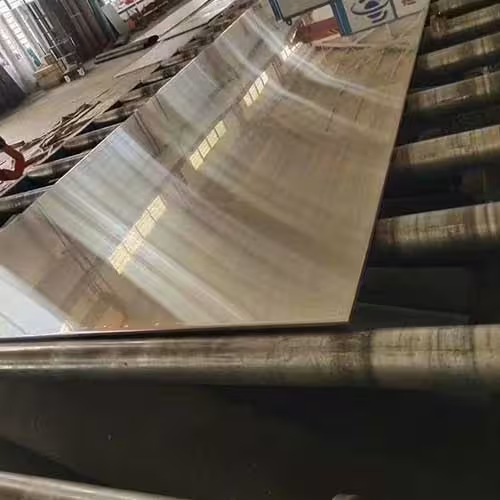
Carbon Steel Plates
Carbon steel plates are the most commonly used type of steel plate. They are primarily made from iron and carbon, offering excellent strength and ductility. These plates are categorized into low, medium, and high-carbon steel plates, depending on their carbon content.
Applications:
- Structural components in buildings and bridges
- Machinery and equipment manufacturing
- Automotive chassis and frames
Stainless Steel Plates
Stainless steel plates are known for their corrosion resistance, achieved through the addition of chromium. They also offer excellent aesthetic appeal and high durability, making them suitable for various environments.
Applications:
- Food processing and storage equipment
- Chemical and pharmaceutical industries
- Architectural cladding and kitchen appliances
Alloy Steel Plates
Alloy steel plates are made by adding elements like chromium, nickel, molybdenum, and vanadium to steel. These plates are tailored for high-performance applications where enhanced strength, toughness, or heat resistance is required.
Applications:
- Power plants and pressure vessels
- Oil and gas pipelines
- Heavy machinery
Galvanized Steel Plates
Galvanized steel plates are coated with a layer of zinc, offering excellent protection against rust and corrosion. These plates are commonly used in environments where moisture or chemicals are present.
Applications:
- Roofing and siding in construction
- Fencing and outdoor structures
- Agricultural equipment
Tool Steel Plates
Tool steel plates are specifically designed for manufacturing tools, dies, and molds. These plates are heat-treated to achieve high hardness and resistance to wear.
Applications:
- Cutting tools and blades
- Injection molds
- Punching and stamping dies
Table: Comparison of Metal Steel Plate Types
| Type of Steel Plate | Key Properties | Common Industrial Uses |
|---|---|---|
| Carbon Steel Plate | High strength, cost-effective | Construction, automotive, machinery |
| Stainless Steel Plate | Corrosion-resistant, aesthetic appeal | Food processing, architecture, healthcare |
| Alloy Steel Plate | High performance, heat-resistant | Oil & gas, power plants, heavy machinery |
| Galvanized Steel Plate | Rust-resistant, durable | Roofing, fencing, outdoor structures |
| Tool Steel Plate | Wear-resistant, hard | Tool making, molds, dies |
How Metal Steel Plates Are Manufactured
The production of metal steel plates involves several processes, each tailored to achieve the desired thickness, finish, and mechanical properties.
Hot Rolling
In this process, steel is heated above its recrystallization temperature and rolled into plates. Hot rolling produces steel plates with good ductility and weldability, making them suitable for structural applications.
Cold Rolling
Cold rolling involves rolling steel at room temperature, resulting in plates with a smoother surface finish and tighter tolerances. These plates are ideal for applications requiring precision and aesthetics.
Galvanization
Galvanized steel plates undergo a coating process where a layer of zinc is applied to protect against rust and corrosion.
Heat Treatment
Heat treatment is applied to alloy and tool steel plates to enhance their hardness, toughness, and wear resistance.
Industrial Uses of Metal Steel Plates
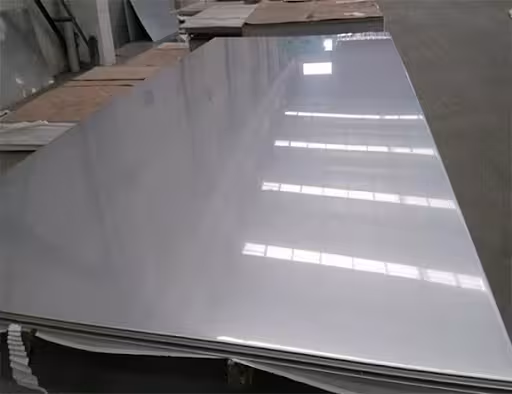
Construction
Metal steel plates are extensively used in the construction of buildings, bridges, and infrastructure. Their high strength and durability make them a preferred choice for structural applications.
Automotive Industry
Steel plates form the backbone of automotive manufacturing, being used for vehicle frames, body panels, and safety components.
Shipbuilding
The marine industry relies on corrosion-resistant steel plates for constructing ships, offshore platforms, and submarines.
Manufacturing
From heavy machinery to consumer goods, steel plates are used in various manufacturing processes to create durable and reliable products.
Energy Sector
In the energy sector, steel plates are used for fabricating pressure vessels, wind turbine components, and oil rigs.
Conclusion
Metal steel plates are indispensable in today’s industrial landscape, offering unmatched strength, versatility, and reliability. By understanding the types of metal steel plates and their specific uses, businesses can make informed decisions to meet their project requirements. From carbon steel plates for construction to stainless steel plates for food processing, each type serves a unique purpose in diverse industries.
Investing in high-quality metal steel plates ensures long-term performance and cost savings, making them a valuable asset for any operation.
FAQ
What are the standard sizes of metal steel plates?
Standard sizes vary depending on the type of plate, but common dimensions range from 4 feet by 8 feet to larger custom sizes.
How do I choose the right metal steel plate for my project?
Consider factors like the application, environment, strength requirements, and budget when selecting a steel plate.
Are metal steel plates recyclable?
Yes, most metal steel plates are 100% recyclable, making them an environmentally friendly choice.
What is the difference between hot-rolled and cold-rolled steel plates?
Hot-rolled plates are made at high temperatures, offering good weldability, while cold-rolled plates have a smoother finish and higher precision.
Can stainless steel plates be used in outdoor environments?
Yes, stainless steel plates are highly corrosion-resistant and suitable for outdoor applications.
How are steel plates transported?
Steel plates are typically transported using flatbed trucks, cranes, or forklifts, depending on their size and weight.

